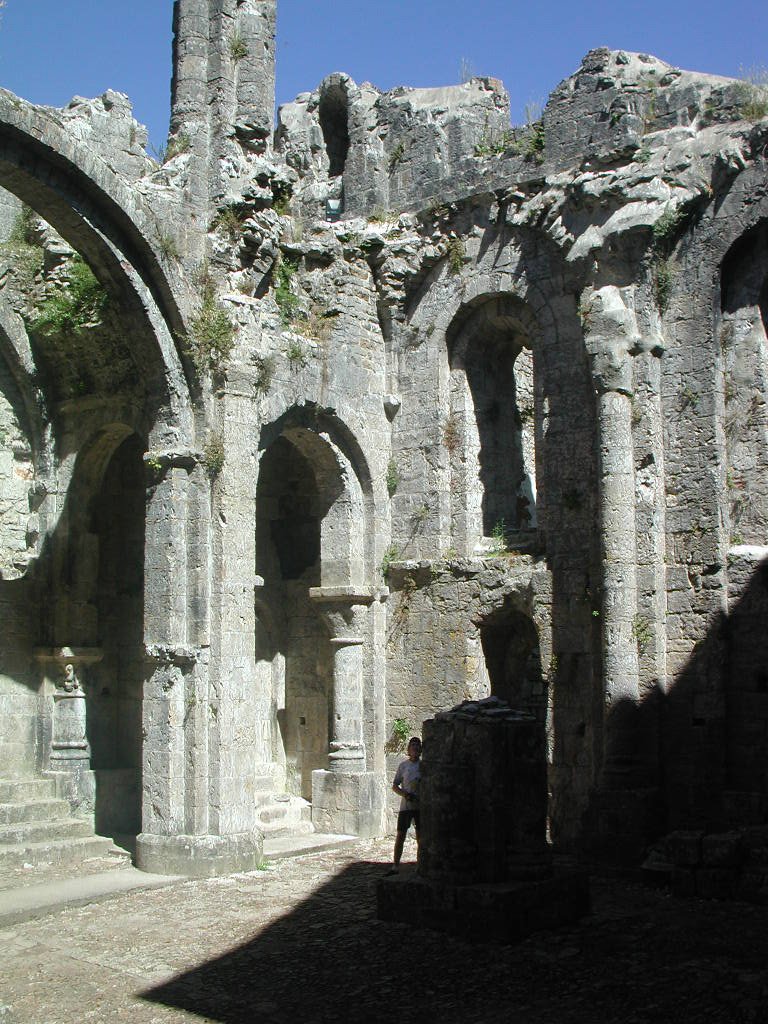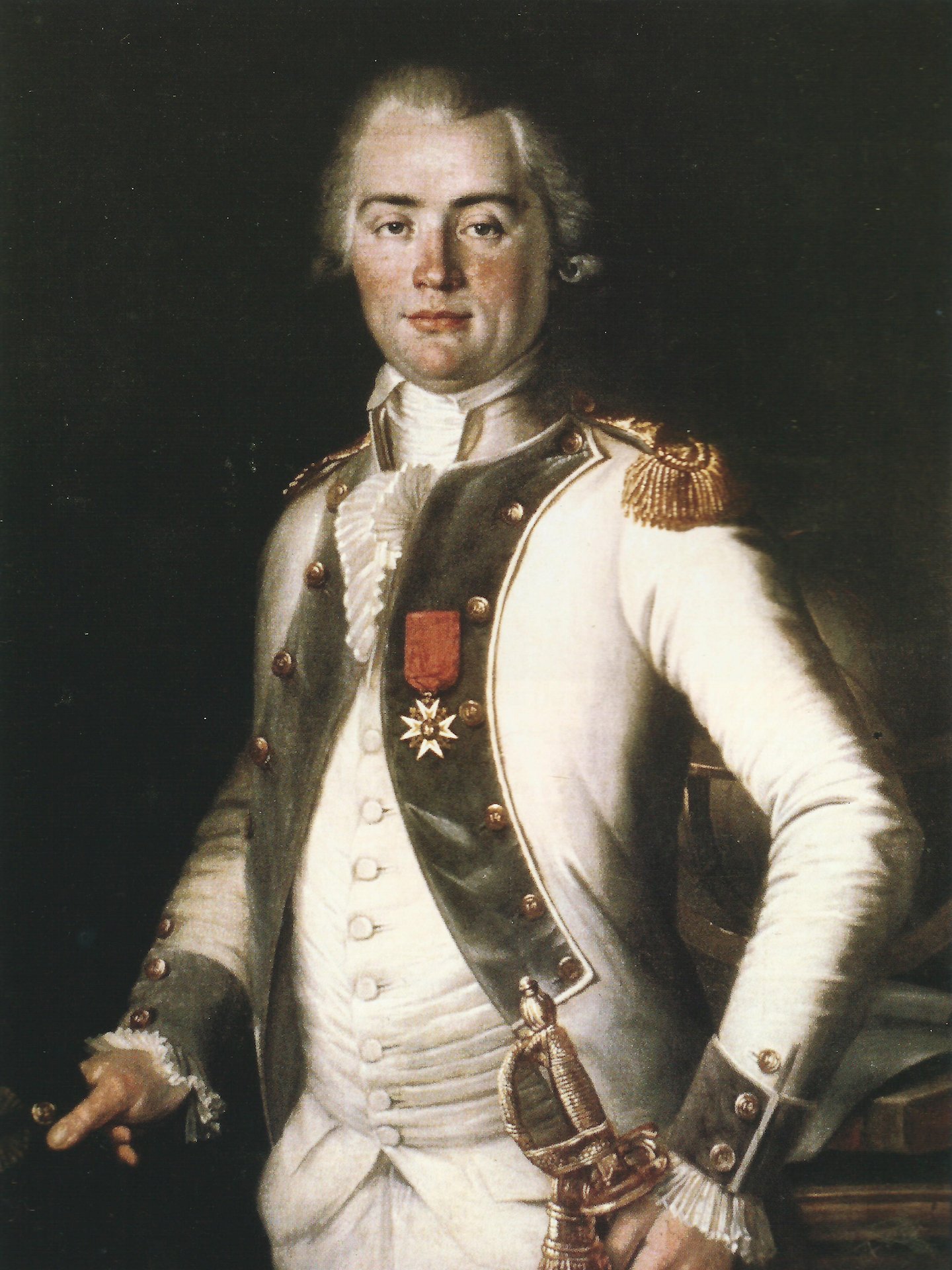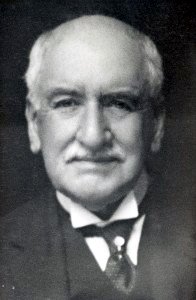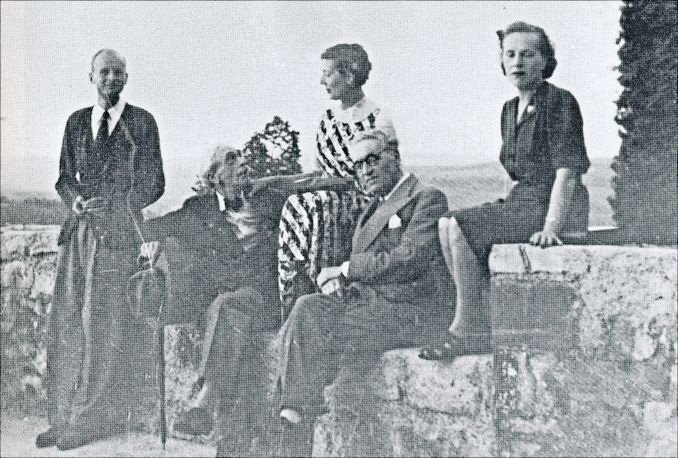A Historical Treasure
The Château de Beduer is one of the most romantic and historically important in the ancient region of Quercy, playing its part in history from the time of the Crusades until the present day. In the 20th century it became the scene of intrigue and of one of the greatest love stories of modern times.
The Chateau de Béduer has played a role in many of the major events in French history from the time of the Crusades and the Hundred Years War to the Wars of Religion and the Revolution. During the Second World War it was the scene of intrigue and one of the greatest love stories of modern times..
-
Béduer made its first authenticated appearance in history in 1098 when the Seigneur of Béduer, Deodat de Barasc, left for the first Crusade.
The Barascs of Béduer were one of the most powerful families in Quercy, feudal lords with a penchant for taking and holding by force what they believed was rightly theirs: not hesitating, for example, to usurp the revenues from churches rightly belonging to the Abbey of Marcilhac. They held sway over a large part of the surrounding country with lands extending from north of the River Célé to the River Lot in the south and 40 km west as far as Cabrerets.
During the Hundred Years War the parliament of Quercy met three times in the Salle des Etats, and it was from here that the successful siege of the English garrison at Saint Cirq Lalopie was planned under the leadership of Dieudonné or Déodat IV.
Déodat VIII, the last of the Barascs, died fighting the Protestants in the Wars of religion in 1552.
-
After a brief period in the hands of the Protestants, the château and seigneurie of Béduer were acquired by the Lostanges, a noble military family who held them until the second half of the 19th century. When they first acquired the Château in 1608 they transformed the castle from a fortress to the country seat that it remains to this day.
In the 18th century, the Marquis Louis de Lostanges became the Seneschal of Quercy (the King’s representative). Just before the revolution he called a meeting of the Estates General in Cahors in an attempt to settle differences with the increasingly restless citizenry. He made concessions on behalf of the King, but to no avail. Nevertheless, Lostanges was a popular figure and a fair-minded landlord. He managed to retain not only his head but all his possessions after the revolution. Only the tower was decapitated because it could have been used to harbour counter-revolutionaries. The Lostanges finally relinquished the chateau in 1874 when they let it to a religious order from Villefranche and finally sold it to the Colrat family from Aveyron in 1886.
-
Mr Colrat had married a girl from Figeac and acquired the rather run-down Chateau de Beduer so that she could live near her family. But M. Colrat missed his beloved Aveyron and would often ride out in the morning to Faycelles to gaze longingly actoss the River Lot to his homeland. Colrat sold the chateau to his son-in-law, Maurice Fenaille in 1911. An art-lover and philanthropist, Fenaille restored the Salle des Etats to something approaching its former glory and provided many of the tapestries and fine furniture we see today. Fenaille also restored the beautiful Renaissance chateau of Montal near St Céré. Following the death of Fenaille in 1937, the family sold the chateau to a young woman from Paris called Jeanne Loviton who was “looking for a small place in the country”. She saw the chateau by moonlight, adored it and bought it.
-
The Fenaille family rarely visited Beduer and in 1939 they sold the chateau to a young writer, Jeanne Loviton, better known by her pen-name Jean Voilier. Jeanne Loviton had been born in 1903 to an unmarried actress, but from these humble origins she became a qualified lawyer, writer and publisher, and one of the most successful courtesans of modern times. She left in her wake many prominent literary figures of the period before the Second World War, including Saint-John Perse and Jean Giraudoux, and began a life-long relationship with the feminist Yvonne Dornès.
For a period during the War Jeanne let the castle to the Jewish banking family David-Weill, owners of Lazard Frères, who had taken the precaution of changing their name and converting to Catholicism. The village priest, a known Nazi sympathiser, taught Latin to young Michel David-Weill. We know however that the Seigneurs René Bousquet and Fernand de Brinon were also visitors here.
Following a cloak and dagger exercise involving high-level meetings in Vichy and secret funds provided by Marshall Petain, the French film archives were transported to the chateau for safe keeping in 1941 and hidden in the oubliette under the chapel until they were repatriated to Paris in 1946. They were catalogued by a Jewish German refugee, Lotte Eisner living under a false identity. She narrowly escaped capture and transportation to Germany in 1944.
Jeanne sold the chateau to the previous owners in 1985.
-
Supreme among all her other liaisons Jeanne became the love and inspiration of the great poet and intellectual Paul Valery. During their affair from 1937 to 1945 Paul dedicated more than 150 love poems to her and wrote her more than 1000 love letters.
Their affair ended in 1945 when Jeanne told Paul she planned to marry another. He died two months later of a broken heart. Their romance, and its tragic finale, was the subject of our short film “Le Poète à Béduer” shown at the 2014 Cannes Festival.
In 2008 Editions de Fallois published Paul’s poems to Jeanne under the title “Corona et Coronilla” and Celia Bertin’s biography of Jeanne under the title “Portrait d’une femme romanesque: Jean Voilier”. Paul’s love letters to Jeanne were finally published by Gallimard in 2014 under the title: Lettres à Jean Voilier 1937-1945.

Marcillac Abbey

Marquis Louis de Lostanges

Maurice Fenaille

Jeanne Loviton and Friends
